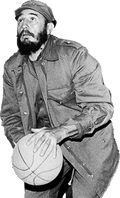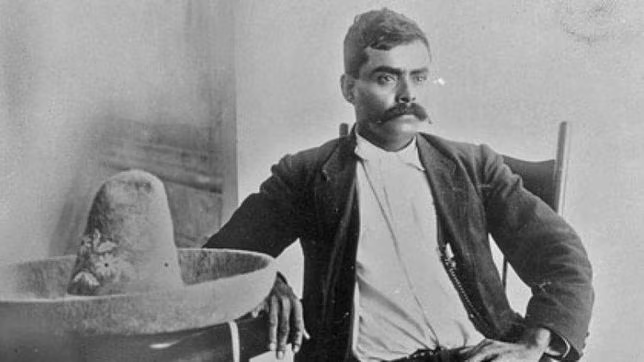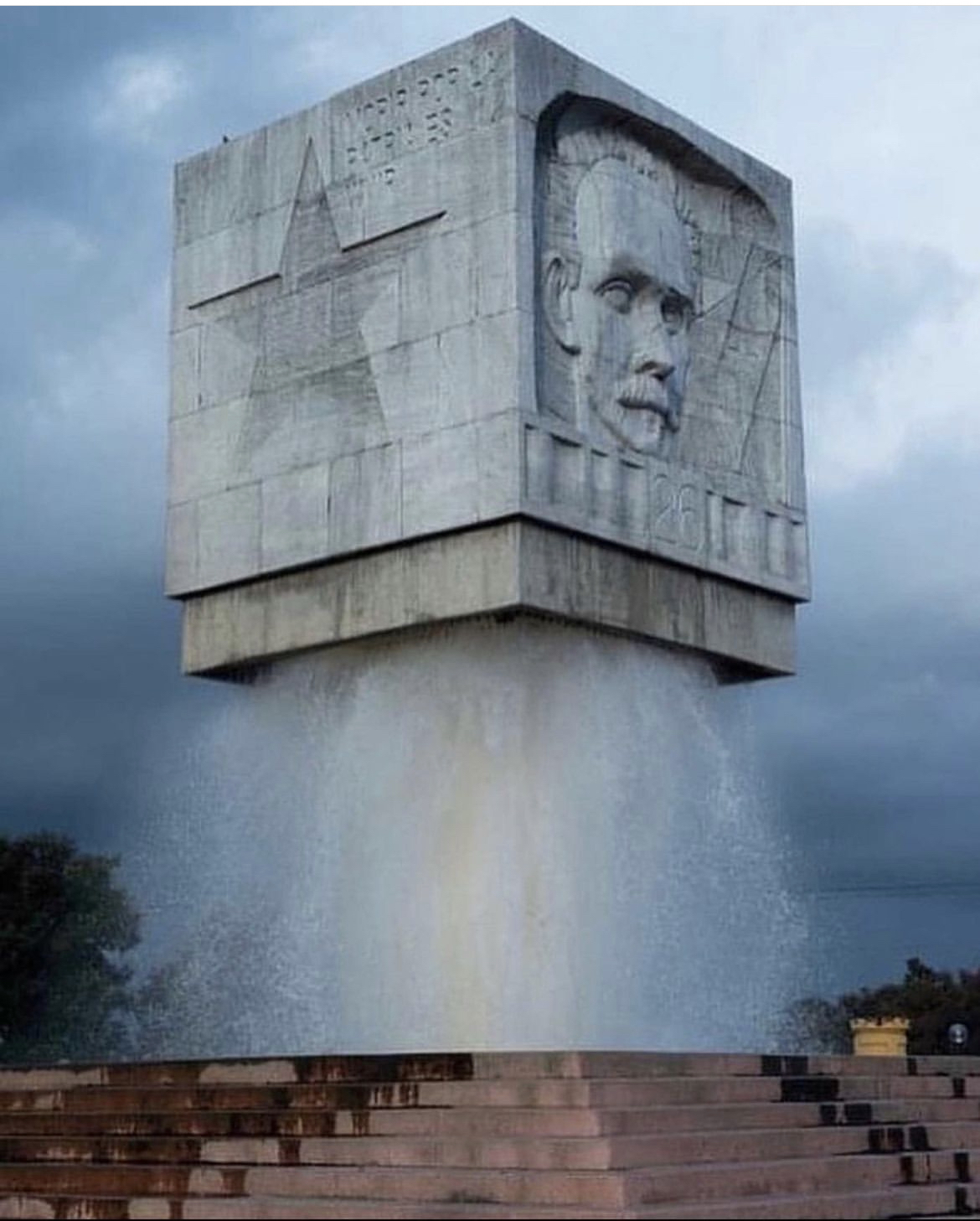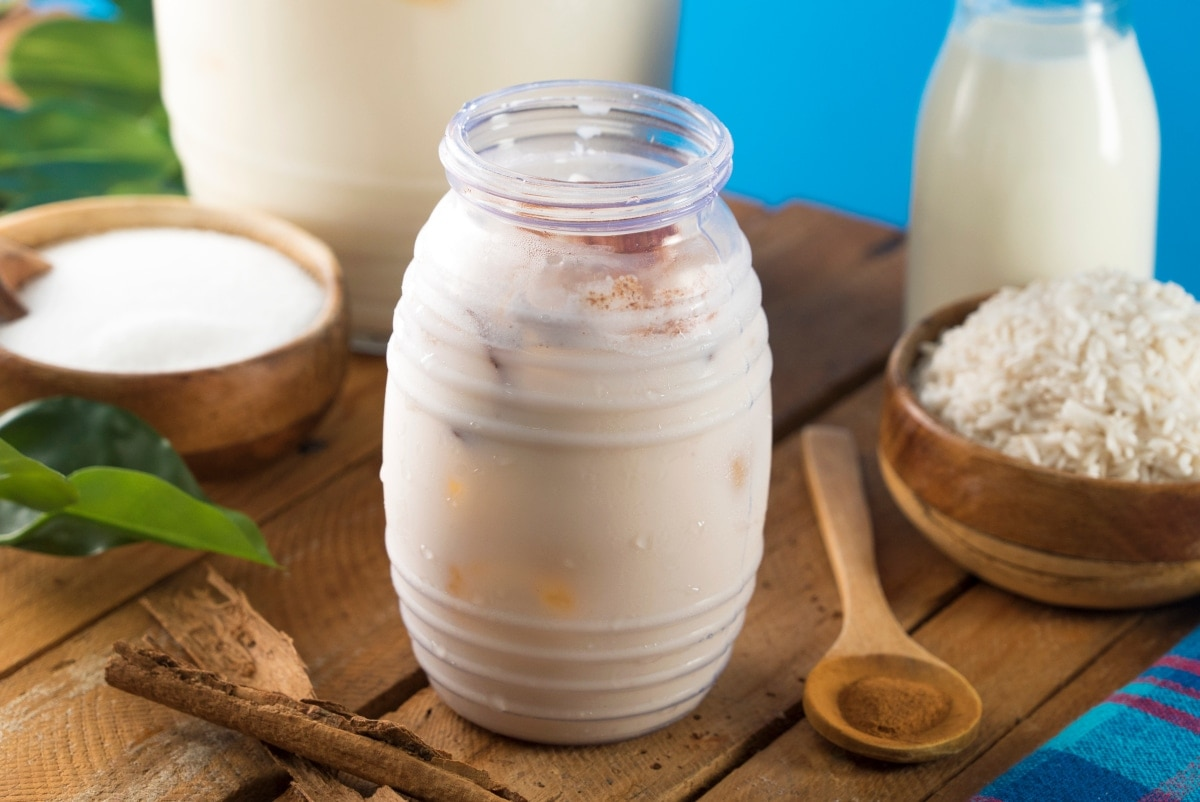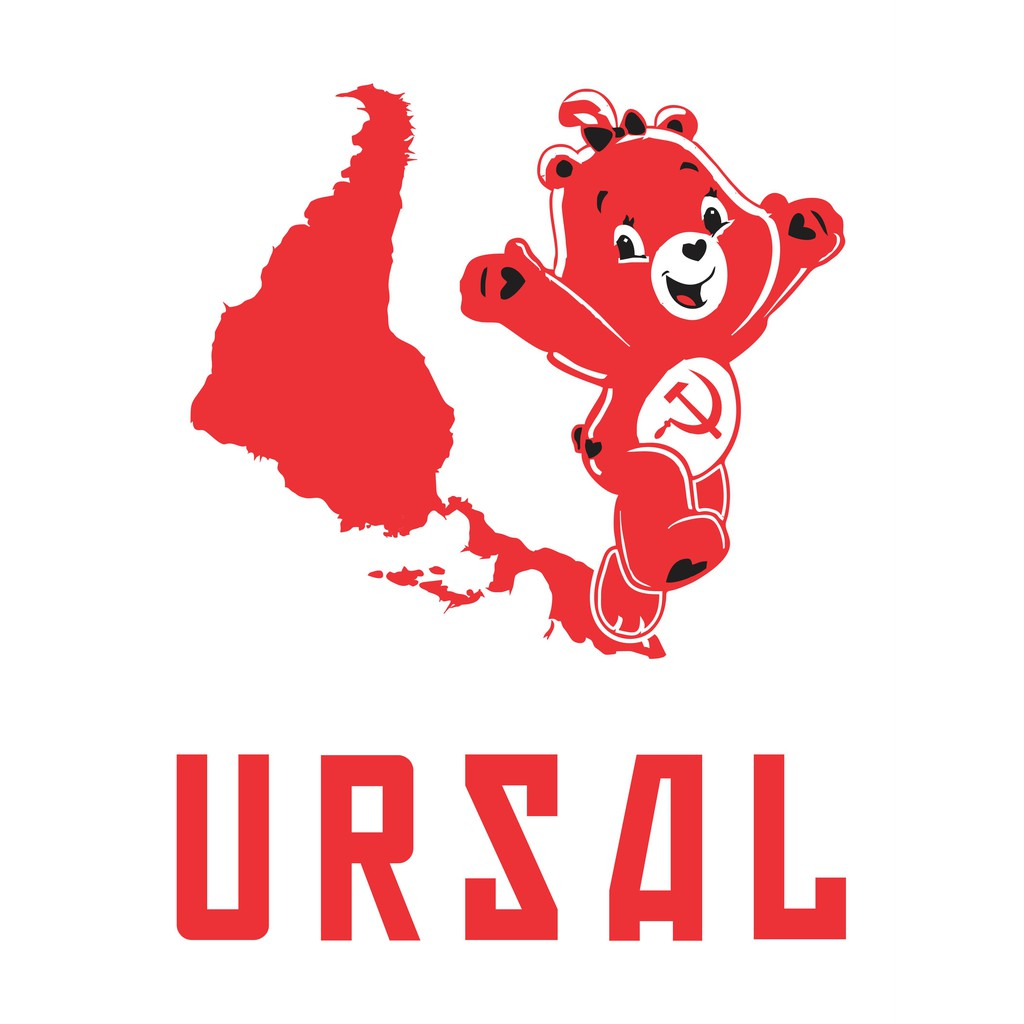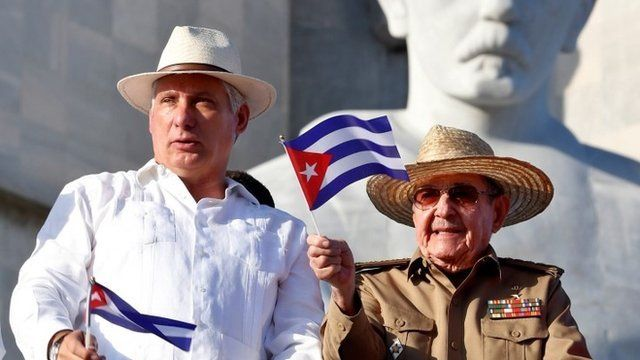(San Miguel Anenecuilco, Mexico, 1879 - Morelos, 1919) Mexican revolutionary. In the complex development of the Mexican Revolution of 1910, the so-called agrarian leaders took up the just aspirations of the humblest rural classes, who had been driven to misery by an arbitrary agrarian policy that dispossessed them of their land. Of them all, Emiliano Zapata remains the most admired.
In the face of the unscrupulous ambition or ideological inconsistency of Pancho Villa or Pascual Orozco, and in the face of an idea of revolution more linked to the war for power than to social transformation, Emiliano Zapata remained faithful to his ideals of justice and gave absolute priority to effective achievements. Unfortunately, that same firmness and constancy in the face of the confusing revolutionary winds determined his isolation in the state of Morelos, where he undertook fruitful reforms from a position of virtual independence that no government could tolerate. His assassination, instigated from the presidency, led to the rapid dissolution of his work and the exaltation of the leader, who would go down in history as one of the great revolutionary myths of the 20th century.
Biography
Member of a humble peasant family, he was the ninth of the ten children Gabriel Zapata and Cleofás Salazar had, of whom only four survived. Emiliano Zapata worked as a child as a laborer and sharecropper and received poor schooling. He was orphaned around the age of thirteen, and both he and his older brother Eufemio inherited some land and a few head of cattle, a legacy with which they had to support themselves and their two sisters, María de Jesús and María de la Luz.
Emiliano remained in his native town, Anenecuilco, where, in addition to working his land, he was sharecropper of a small part of the land of a neighboring hacienda. During the times when work in the fields decreased, he dedicated himself to driving mule trains and traded with the animals that were his great passion: horses. When he was about seventeen years old, he had his first confrontation with the authorities, which forced him to leave the state of Morelos and to live for some months hiding in the ranch of some friends of his family.
One of the causes of the Mexican Revolution was the disastrous agrarian policy developed by the regime of Pofirio Díaz. Under the protection of the iniquitous laws enacted by the dictator, landowners and large companies took over communal lands and small properties, leaving the humble peasants dispossessed or displaced to almost sterile areas. It is estimated that in 1910, the year of the outbreak of the Revolution, more than ninety percent of the peasants were landless, and about a thousand large landowners employed three million braceros.
In 1909, a new real estate law threatened to worsen the situation. In September of the same year, the four hundred or so inhabitants of Zapata's village, Anenecuilco, were summoned to a clandestine meeting to deal with the problem; it was decided to renew the municipal council, and Emiliano Zapata was elected president of the new council.
He was then thirty years old and had considerable charisma among his neighbors for his moderation and self-confidence. As president of the council, Zapata began to deal with lawyers from the capital to assert the property rights of his countrymen; such activity did not go unnoticed, and possibly because of this the army called him to the army.
Back in Morelos, Emiliano Zapata took his first drastic decision: leading a small armed group, he occupied the Hospital lands and distributed them among the peasants. The daring action had resonance in nearby towns, as similar situations were taking place everywhere; Zapata was appointed head of the Junta of Villa de Ayala, a town that was the head of the district to which his hometown belonged.
The Mexican Revolution
Agrarian policy and the abysmal social inequalities brought about by the Porfiriato were among the root causes of the Mexican Revolution, but its immediate trigger was Porfirio Díaz's decision to run in the 1910 elections. Such "elections" were in reality a pseudo-democratic farce to extend his mandate for another six years; the old dictator, after repressing and eliminating freedom of the press and any hint of political dissidence, maintained the formalism of being reelected periodically.
Francisco I. Madero, founder of the Anti-Reelectionist Party (a political formation that aspired precisely to interrupt this perpetuation), had presented his candidacy for the 1910 elections, but was persecuted and forced into exile. Understanding the futility of the democratic path, Francisco Madero launched from exile the Plan of San Luis, a political proclamation in which he called on the Mexican people to take up arms against the dictator on November 20, 1910, the date of the beginning of the Mexican Revolution.
In Morelos, many immediately joined the insurrection; this was not the case, however, of Zapata. He did not fully trust the promises of the Plan of San Luis, and he wanted to see the land distributions he had made at the head of the Junta of Villa de Ayala recognized and legitimized with appointments beforehand. For the leadership of the uprising in Morelos, Francisco Madero chose Pablo Torres Burgos; after being named colonel by Pablo Torres, Zapata adhered to the Plan of San Luis and in March 1911, upon the death of Torres, he was designated "supreme chief of the revolutionary movement of the South".
With that rank he took the city of Cuautla in May, the starting point to extend his power over the state, and proceeded to distribute the lands in the area he controlled. In the rest of the country, meanwhile, the Revolution spread and triumphed rapidly: the dictator's army was defeated in barely six months. In May 1911, Porfirio Díaz went into exile after transferring power to Francisco León de la Barra, who assumed the interim presidency (May-November 1911) until elections were held.
The Ayala Plan
After the fall of the dictatorship of Porfirio Diaz, disagreements soon arose between Zapata, who demanded the immediate distribution of the hacienda lands among the peasants, and Francisco Madero, who demanded the disarming of the guerrillas.
But, in spite of the revolutionary triumph, a good part of the regime's machinery was still in the hands of former Porfiristas (starting with León de la Barra), who occupied high positions in the administration and in the theoretically defeated army. When, in July 1911, a large part of the Zapatistas had surrendered their weapons, the army began to harass the peasants and then Zapata himself, who narrowly escaped arrest; throughout that summer, the government troops destroyed Zapata's work, but their action united the peasants against him, who, taking up arms again, recovered their positions and were ultimately strengthened.
Against Huesta and Carranza
Madero would fall victim to a coup in February 1913, led by Victoriano Huerta and supported by the USA, Huerta would execute Madero and declared a dictatorship. The attacks of the government against Zapata would increase, but Zapata was able to stop Huerta’s offensive and strengthened his position on Morelos.
On the rest of the Country, many revolutionaries would rise up on rebellion against the traitor Huerta government. One of this was governor of Coahuila Venustiano Carranza, who declare himself leader of the constitutionalists. Another was Pacho Villa in Chihuahua who led the agrarian movement on the North. Both were able to defeat Huerta in July 1914. Zapata’s defense of Morelos would prove and important part of the defeat of Huerta thanks to stretching his forces thin between north and south.
Eventually the three revolutionaries would split due to ideological differences, with Carranza wanting to continue Madero’s program, and Villa and Zapata wanting a land reform leading to a momentary alliance between both on October 1914. Both would take over Mexico City, but differences would arise ending in the dissolution of the Alliance and both going their own way.
Last Years
The civil war would continue in 1915, after the defeat of Villa, the constitutionalists would center their attacks on the State of Morelos. On 1916 Zapata would enter talks with general Pablo González but this would fall through, with Gonzales invading Moreles, Zapata would regain control of the state in January 1917.
Faced with the impossibility of ending the movement and the threat that Zapata posed to the federal government (to the extent that radicals from other states could follow his example), Carranza and González hatched a plan to assassinate Zapata. By making him believe that he was going to go over to his side and that he would deliver ammunition and supplies, Colonel Jesús Guajardo, who was directing government operations against him, managed to lure Zapata to a secret meeting at the Chinameca farm in Morelos. When Zapata, accompanied by ten men, entered the hacienda, the soldiers who pretended to present them with weapons shot him at point-blank range.
Megathreads and spaces to hang out:
reminders:
- 💚 You nerds can join specific comms to see posts about all sorts of topics
- 💙 Hexbear’s algorithm prioritizes comments over upbears
- 💜 Sorting by new you nerd
- 🌈 If you ever want to make your own megathread, you can reserve a spot here nerd
- 🐶 Join the unofficial Hexbear-adjacent Mastodon instance toots.matapacos.dog
Links To Resources (Aid and Theory):
Aid:
Theory:


